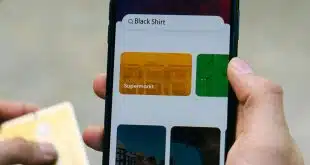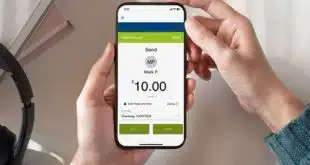A project undertaken by the nation's largest banks to trade digital check images and substitute checks is trafficking 60,000 image files per night eight months after the first two banks hooked up to the network. SVPCO, a unit of The Clearing House, a New York-based payments processor, says volume has developed more slowly than was expected a year ago. Still, the average value of the items transmitted so far is around $10,000, indicating banks are using the network primarily for corporate and other large-value checks to take advantage of image exchange's quicker clearing times. “There were overly optimistic predictions made by some people in our organization and at the banks,” says George F. Thomas, executive vice president of the payment systems division of The Clearing House. Thomas expects developments to move more quickly in coming weeks. Indeed, SVPCO plans to shut down at the end of May the West-to-East air-transport it sponsors to allow transit items to meet Federal Reserve cut-off times. Originally, the processor had thought it wouldn't be able to stop the air-transport service until year's end. “Now we'll start saving money in '05 instead of '06, which is fine with us,” he says. In addition to West Coast banking giant Wells Fargo, SVPCO has also brought Union Bank of California, San Francisco, live this week and expects to link by early summer to Endpoint Exchange, a national network that includes Bank of the West, also based in San Francisco. Thomas points out that the preference so far for large-value items means it will probably take longer than expected for any appreciable volume of consumer checks to be sent over the network, which he says should allay concerns at consumer groups about immediate loss of float on checks because of image exchange. “None of that's going to happen for a while now,” he says. SVPCO hooked up to the Fed's network in February, and before that connected to JPMorgan Chase, KeyBank, Bank of America, Wells Fargo, and Wachovia. JPMorgan and KeyBank were the first banks to go live, in August 2004. SVPCO has also linked to Electronic Data Systems Corp., which operates an electronic network that prints image-replacement documents. Of the volume processed so far, Thomas says only 300 to 400 checks are delivered to paying banks as images?that is, full-scale image exchange. The bulk of the items are printed out at locations near paying banks and delivered as so-called substitute checks, or image-replacement documents, which the Check Clearing for the 21st Century Act (Check 21) rendered legally equivalent to the original checks. But SVPCO expects full-scale image exchange to ramp up over the next two years and overtake IRDs. “We're looking for critical mass in '07,” he says. The volume build-up will come as more Clearing House banks, which collectively control more than 60% of the demand-deposit accounts in the country, connect to SVPCO's network and also as a result of the expected connection to Endpoint Exchange, an Oklahoma City, Okla.-based image exchange acquired last year by Milwaukee-based processor Metavante Corp. The interchange with Endpoint Exchange, which was the first national network to go live, is a critical element in creating nationwide image exchange. SVPCO's link to Endpoint has become possible because of Endpoint's recent decision to adopt exchange rules set out by the Electronic Check Clearing House Organization (ECCHO), a rule-making body for electronic check presentment and image exchange. SVPCO adopted ECCHO rules at the outset of its planning for its network and maintains that it will link to other networks only if they also adopt the rules. “We're going to start a project to connect to [Endpoint],” says Thomas. “If they hadn't adopted ECCHO rules we wouldn't have [agreed to connect] to them.”
Check Also
The CFPB Drops Its Zelle Lawsuit As the Senate Looks to Curb the Bureau’s Power
The Consumer Financial Protection Bureau late Tuesday dropped its lawsuit against Early Warning Services LLC, …





